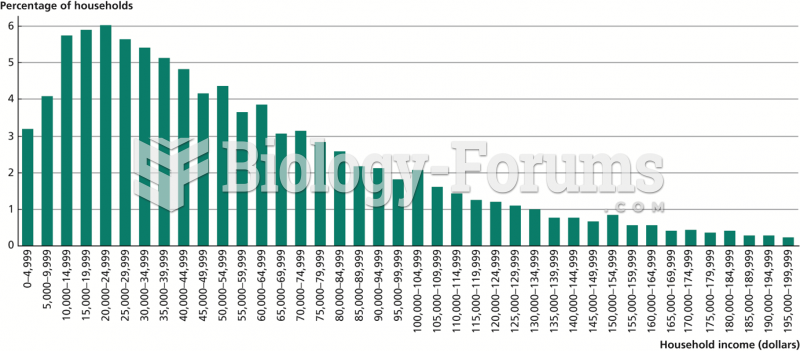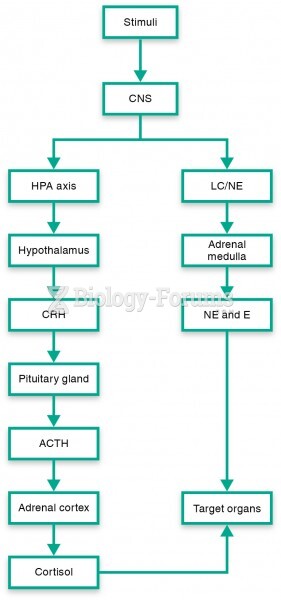Answer to Question 1
d
Answer to Question 2
1. and 2. Manufacturing costs of HJ6 in 2012 and 2013 are as follows:
2012 2013
Per Unit Per Unit
Total (2) = Total (4) =
(1) (1) 2,700 (3) (3) 4,600
Direct materials, 1,400 2,700; 1,300 4,600 3,780,000 1,400 5,980,000 1,300
Batch-level costs, 8,900 60; 8,000 70 534,000 198 560,000 122
Manuf. operations costs, 64 20,000;
48 30,000 1,280,000 474 1,440,000 313
Engineering change costs, 16,000 24;
8,000 7 384,000 142 56,000 12
Total 5,978,000 2,214 8,036,000 1,747
3. = 95
= 2,214 0.95 = 2,103
Actual manufacturing cost per unit of HJ6 in 2013 was 1,747. Hence, Neuro did achieve its target manufacturing cost per unit.
4. To reduce the manufacturing cost per unit in 2013, Neuro reduced the cost per unit in each of the four cost categoriesdirect materials costs, batch-level costs, manufacturing operations costs, and engineering change costs. It also reduced machine-hours and number of engineering changes madethe quantities of the cost drivers. In 2012, Neuro used 7.407 machine-hours per unit of HJ6 (20,000 machine-hours 2,700 units). In 2013, Neuro used 6.522 machine-hours per unit of HJ6 (30,000 machine-hours 4,600 units). Neuro reduced engineering changes from 24 in 2012 to 7 in 2013. Neuro achieved these gains through value engineering activities that retained only those product features that customers wanted while eliminating nonvalue-added activities and costs.
5. Neuro's managers might encounter the following challenges in achieving the target costs:
Employees may feel they are being pushed too hard to attain target costs. The actual costs in 2013 are well below the target costs.
Employees may feel that the severe cost cutting may result in quality problems that they will then be blamed for such as not making the necessary engineering changes
Organizational conflicts may develop as the burden of cost cutting falls unequally on different business functions in the company's value chain
To overcome these challenges, managers should: (1) encourage employee participation and engagement; (2) focus on the customer; (3) clearly communicate goals and the strategy behind them; and (4) set cost-cutting targets for all value-chain functions to encourage a culture of teamwork and cooperation.







